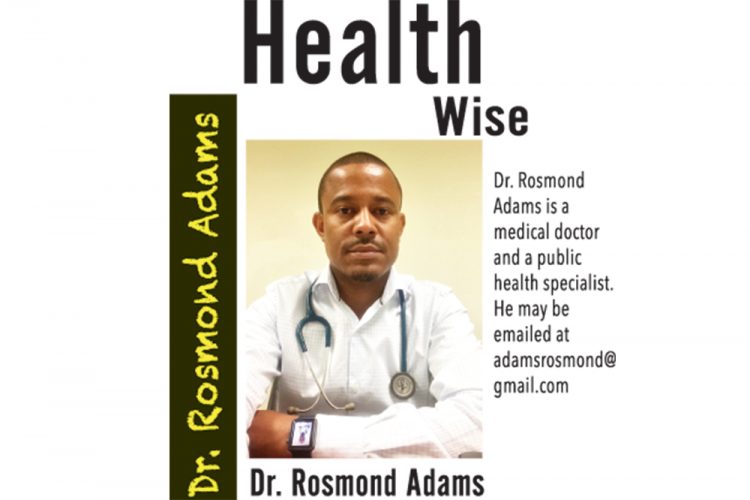Preparing Teachers, Parents and Students to return to the Classroom

As schools across St Vincent and the Grenadines get ready to open their doors once again for face-to-face learning, they are doing so with the added dimension of the current coronavirus pandemic. The opening of schools is still a very controversial topic, since the school environment can give rise to the rapid transmission of the virus.
The school environment generally would have lots of students gathered together inside and outside of the classroom and so the concept of social or physical distancing may be a complicated or an impossible task. Secondly, monitoring each student throughout the day can be problematic, as students, especially those in primary school, are very mobile and need to socialize. However, the most concerning issue may not be at school. The home environment and the commute to and from school should be where the greatest concerns should lie and where action is needed to ensure that we have a smooth and uninterrupted school term.
Parents should pay careful attention at home, since family members go into various environments and then converge at home. Family members going into public spaces, especially where social distancing cannot be observed, should always wear a face mask and adhere to hygienic practices. Those who use public transport must properly use an appropriate face mask at all times. Failure to do so can result in the transmission of the virus and can put students and teachers at risk.
As students go back to school, they would be excited to see their peers again. They would want to congregate, play, and socialize. It is important that teaches not only tell them what not to do but why they are discouraged against doing what they were accustomed to do. Whilst there are risks of going back to school, the school environment is the perfect place to teach proper hygiene and to build awareness around the pandemic and to advocate for healthy lifestyle, including proper hygiene.
Teachers obviously would be concerned if a student starts to present any respiratory symptoms. To avoid panic and mass hysteria, teachers should be trained appropriately on what to do when a student has a cough, cold or a fever.
Remember not all cough, cold and fever are due to COVID-19. Every school should have a COVID-19 plan with clearly defined algorithms on how to handle someone who is sick. Schools should have easy access to health professional or health facilities to do a rapid risk assessment of any sick or suspected student and to advise on the next step of action. If a case is detected in the school, the algorithms should define what next should happen and who should do what in terms of informing students and parents, contact tracing, psychosocial support to students and teachers of that class and sanitization of the classroom and common areas.
As we push ahead with ensuring that our children receive an education, we must ensure that it is done in a manner considering all the public health implications and that a clear plan of action is laid out and all of the stakeholders; principals, teachers, parents, students, etc. know of the plan. It is also important that some level of simulation takes place with the teachers so that when they encounter a concerning issue that they are familiar with the plan and that they respond according to the plan and not out of fear.
Dr Rosmond Adams, MD; MSc (Public Health); M.S (Bioethics) is a medical doctor and a public health specialist with training in bioethics and ethical issues in medicine, the life sciences and research. He is a lecturer of medical ethics and research methods. He is the Director of the Pan Caribbean Partnership against HIV/AIDS (PANCAP). The view expressed here are solely those of the author and does not represent any organization or institution.












